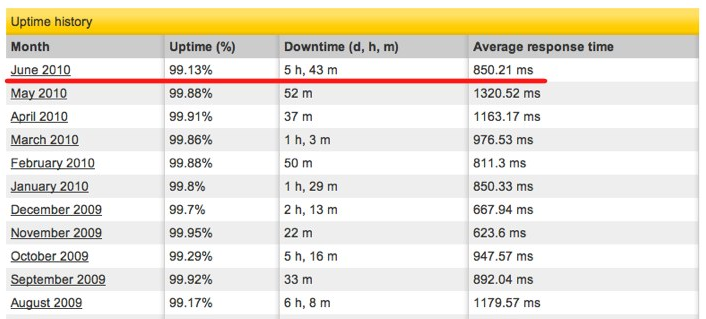 In another move that threatens the health of its developer ecosystem, Twitter has nearly halved the number of times third-party applications can request data from the service.
In another move that threatens the health of its developer ecosystem, Twitter has nearly halved the number of times third-party applications can request data from the service.
The information network said it cut the default rate limit, or number of times an application can call the service on behalf of a user, to 175 from 350 per hour today after suffering outages and downtime through the World Cup tournament. All third-party apps, including ones that make the heaviest use of Twitter, will see their rate limits fall by a proportional amount. The reduction applies to Twitter’s mobile apps too.
“Reducing the API rate-limit is not the first or only method we use and is one we try to avoid if possible,” said the company’s developer advocate, Matt Harris. “However, it is also one of the more effective ways to reduce load and ensure that the Twitter service remains available to the greatest number of users.”
The change is a drastic move given that 75 percent of the service’s traffic comes from external developers. The company owes much of its success to its developer community. The company’s recent unreliability — despite its four years of age and more than $150 million in capital — may renew concerns about whether it is really fit to be the backbone of real-time information for the world.
Twitter has had the largest amount of monthly downtime since August of last year, as pictured below in a report from Pingdom. Part of that is due to new growth. The company saw new all-time records in usage during the Japan-Denmark World Cup game and the NBA finals.
“We’re all in the same boat here,” Harris said. “Twitter uses the API for its own services, so we also feel these reduced limits.”

VentureBeat's mission is to be a digital town square for technical decision-makers to gain knowledge about transformative enterprise technology and transact. Learn More
